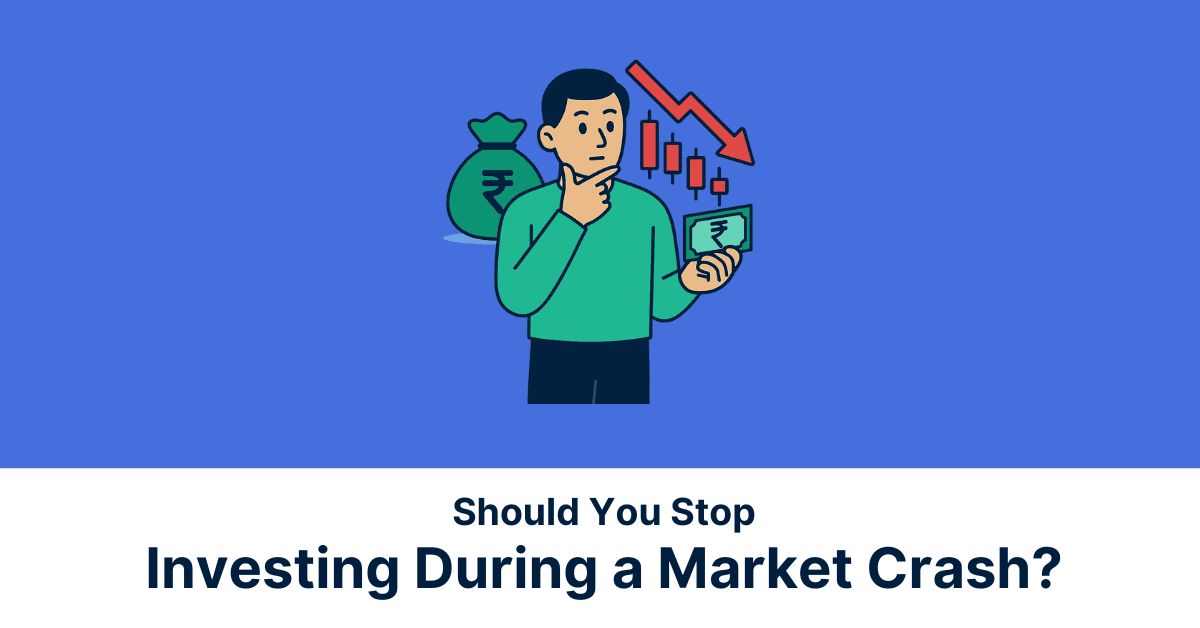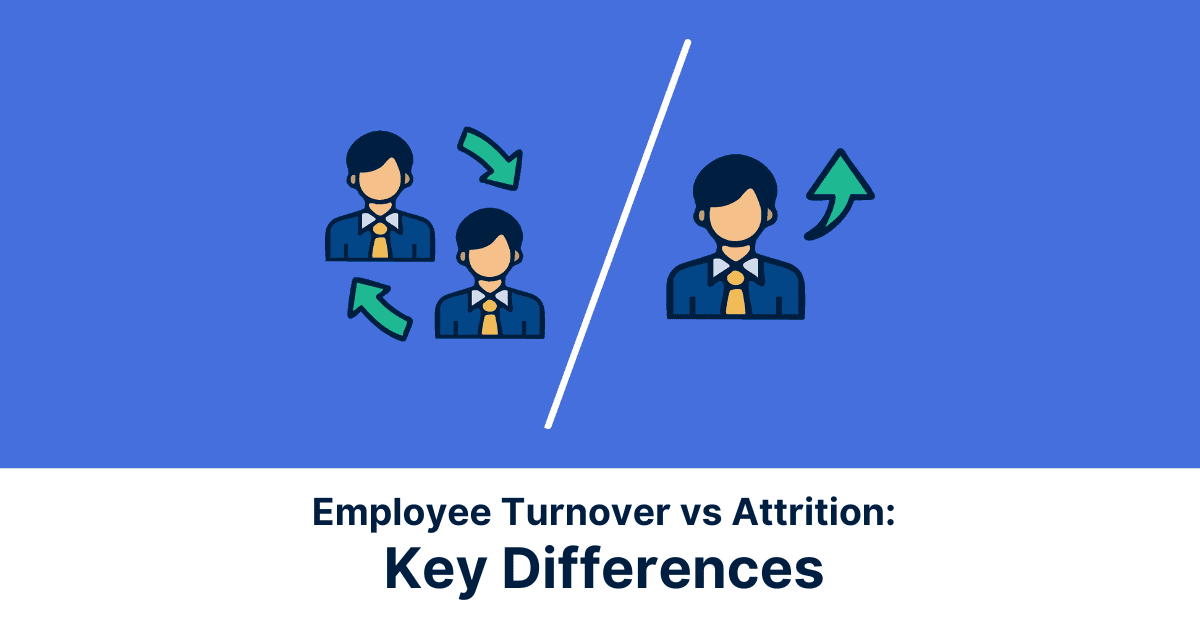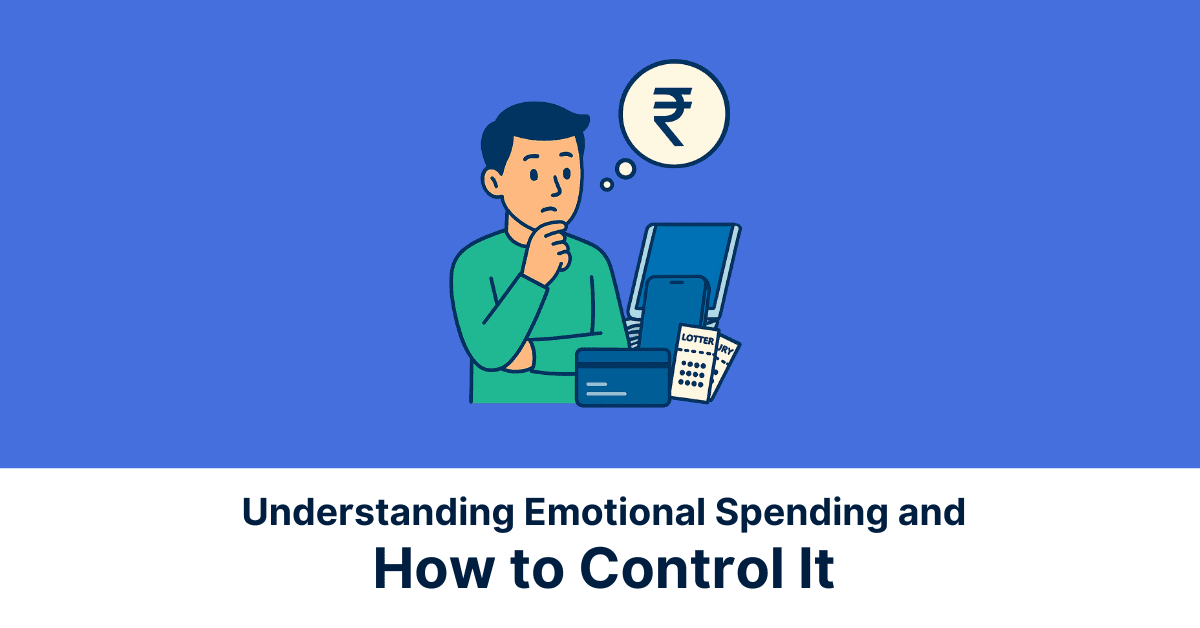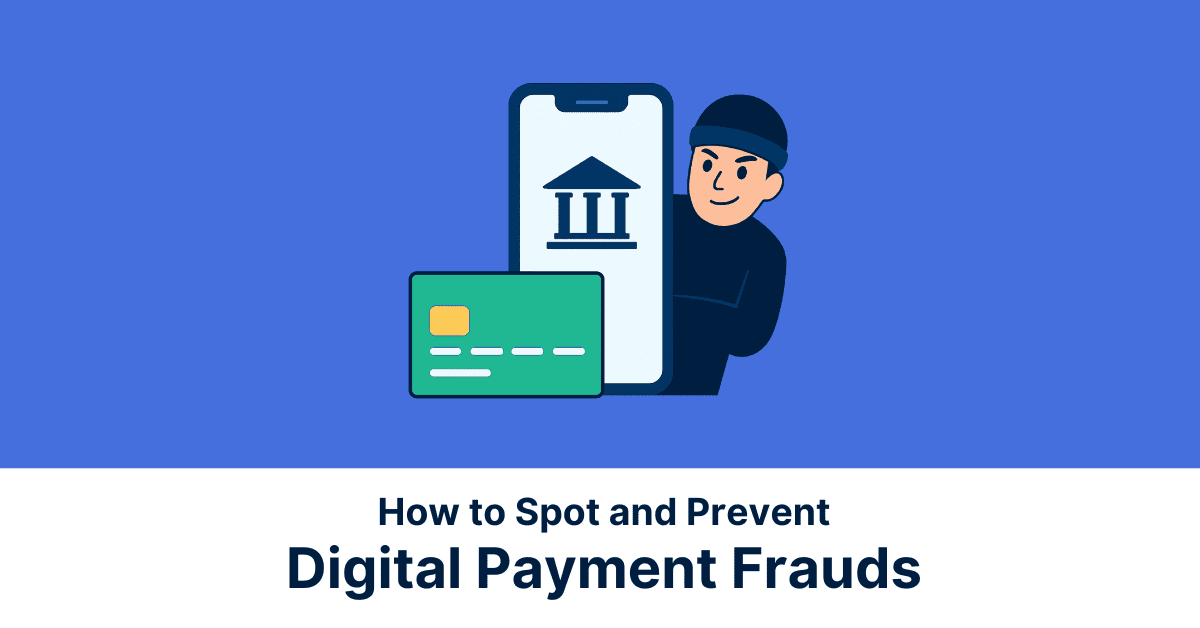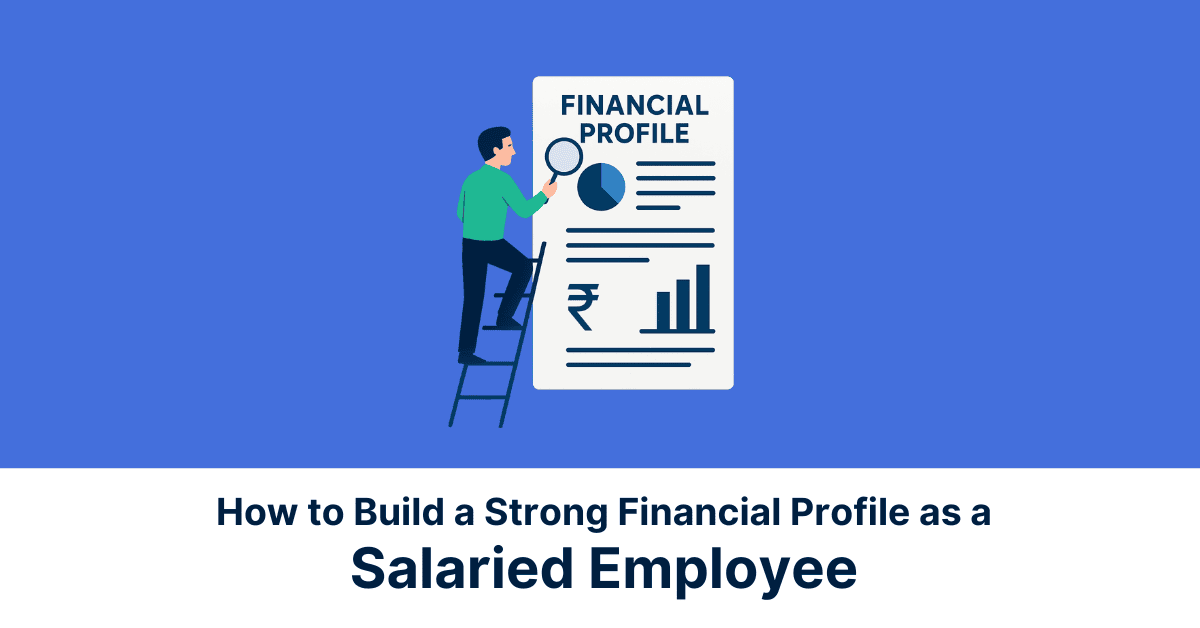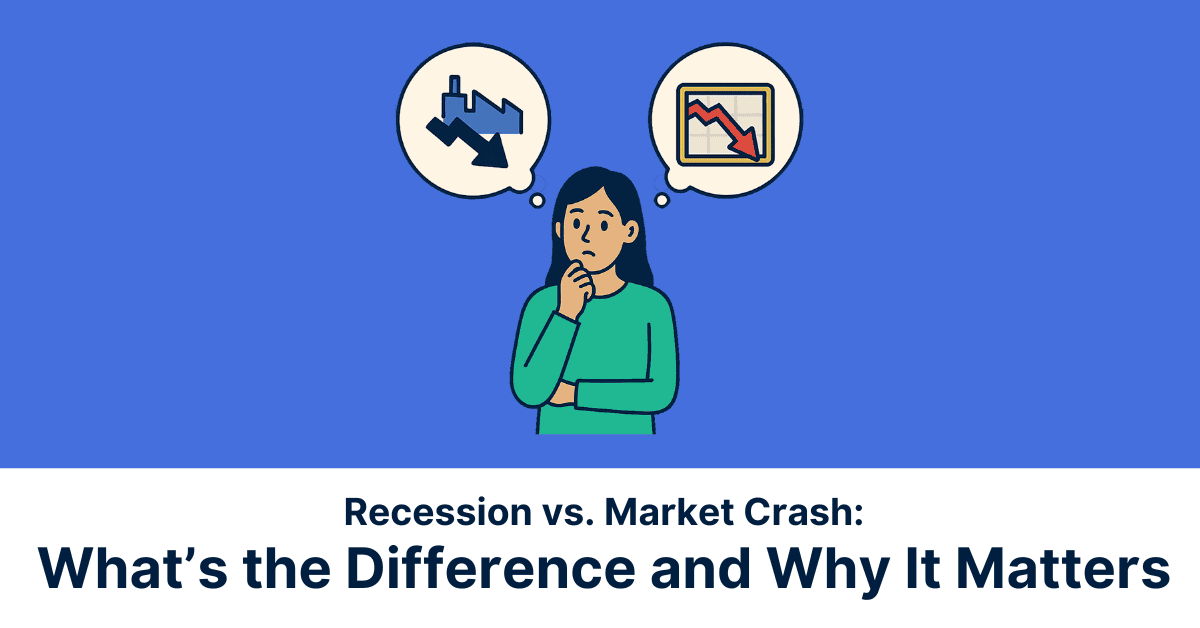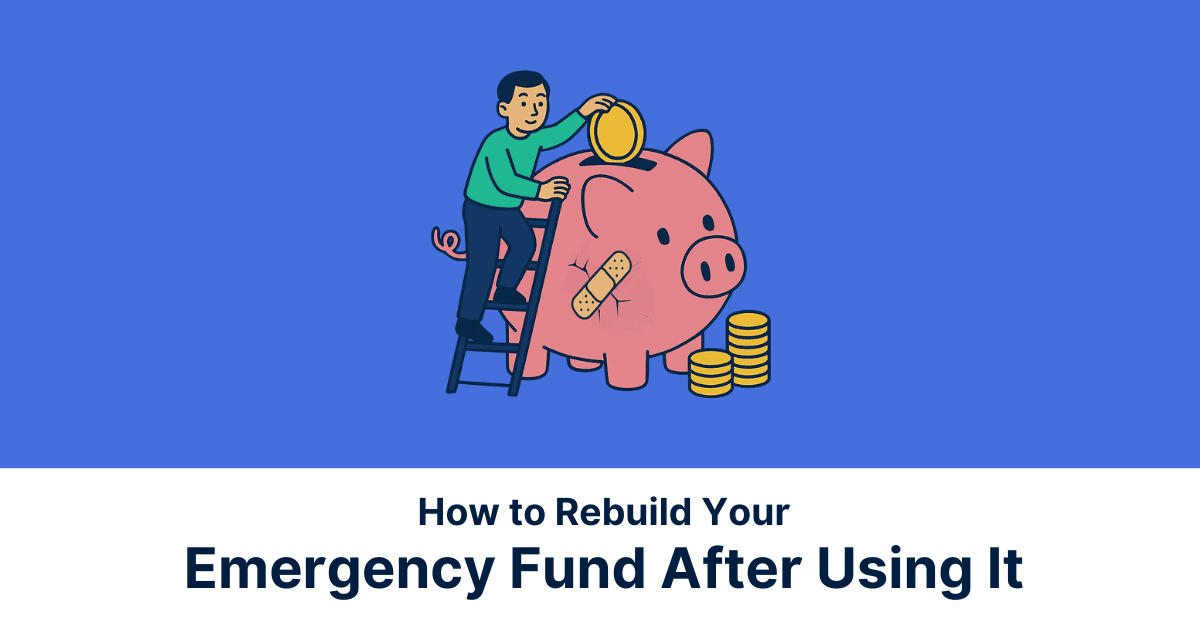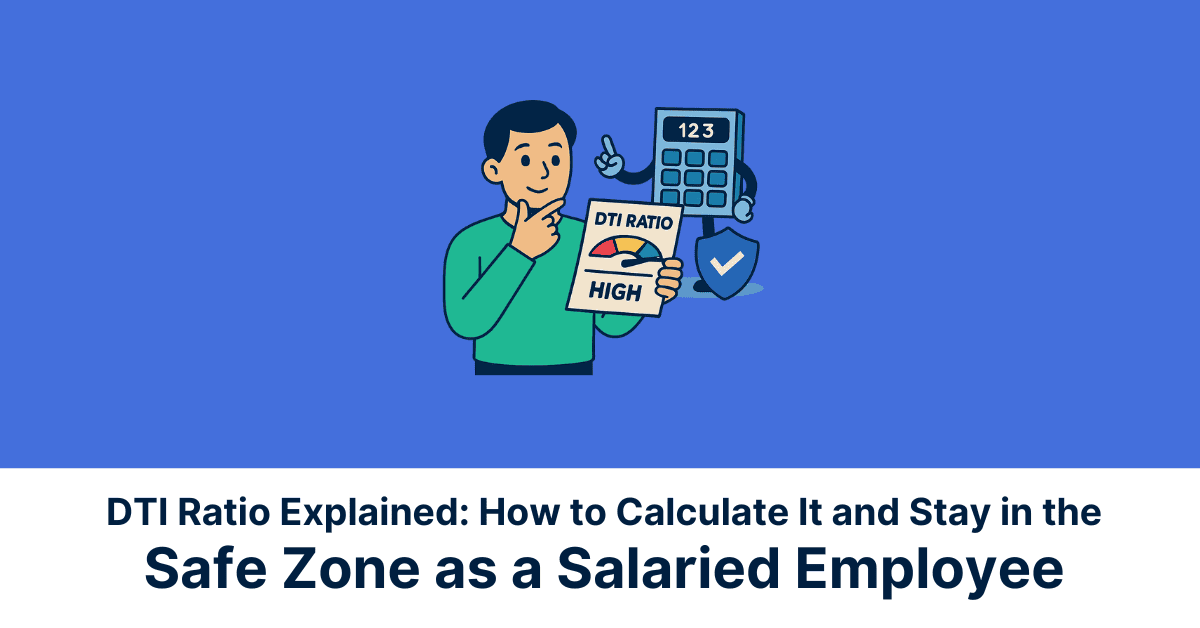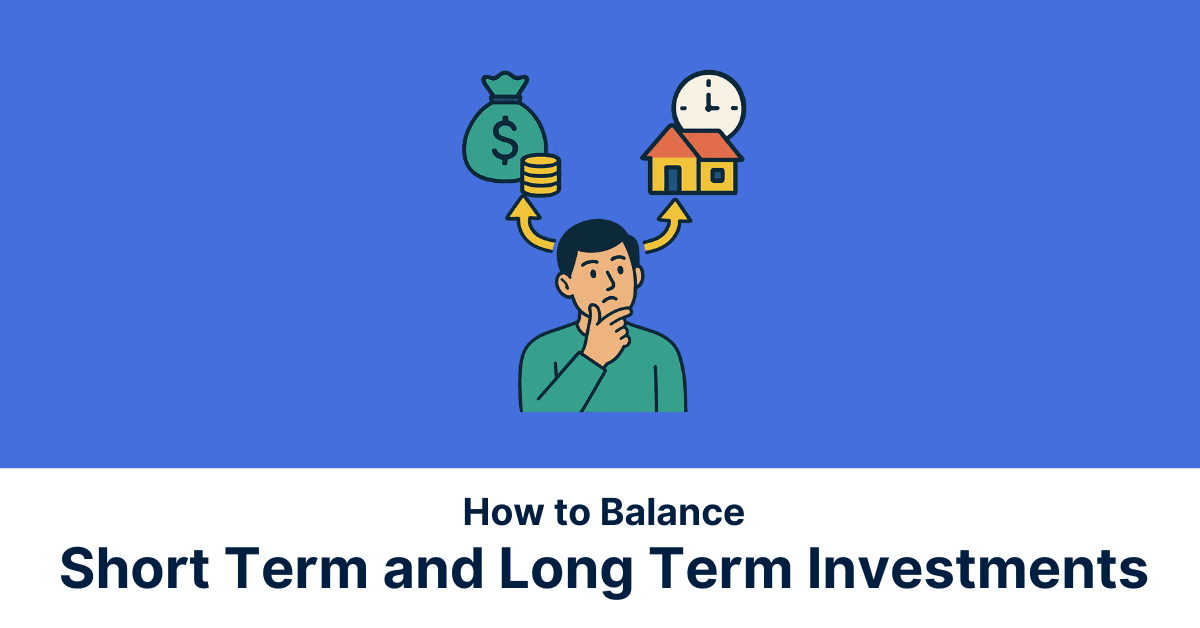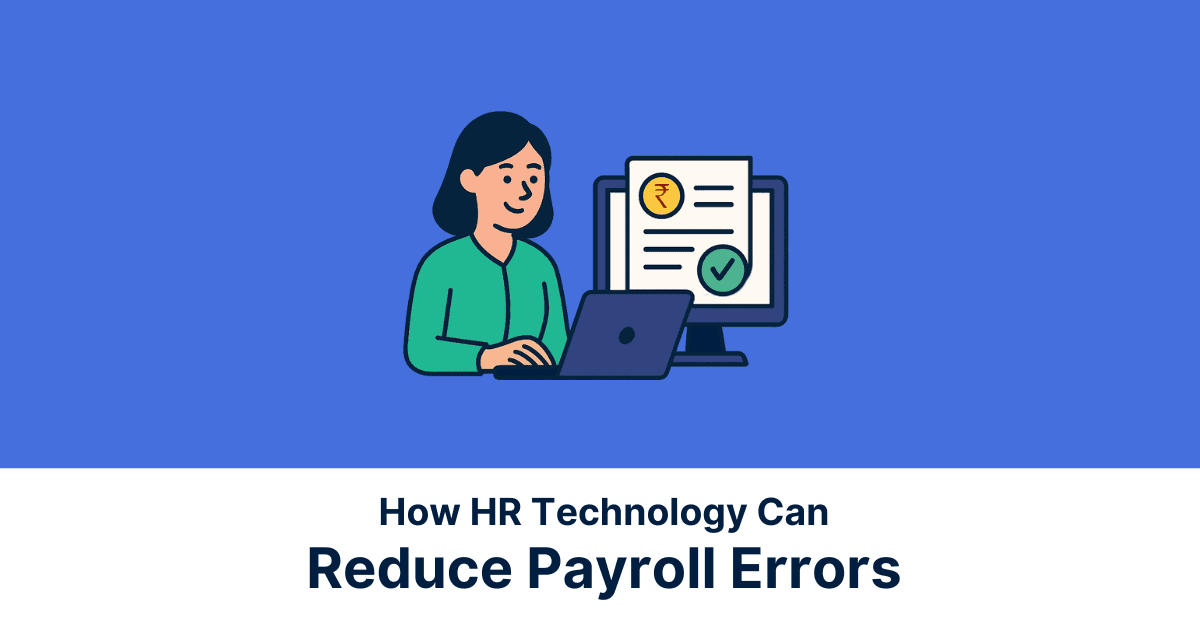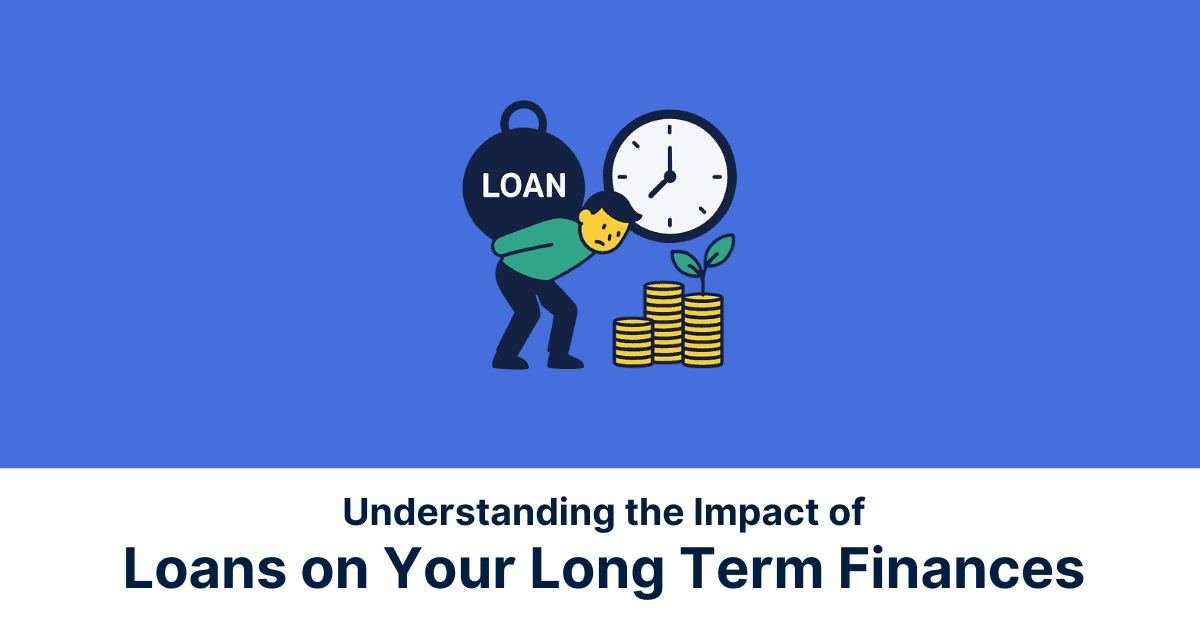When a stock market crash hits, panic spreads like wildfire. News headlines scream in red, portfolios shrink overnight, and even the most seasoned investors feel the tremor of doubt. It’s natural to wonder if now is the time to pull out, pause, or pivot.
The fear is real, the Nifty 50 has decreased by approximately 14% from its peak; while the Nifty Midcap 100 has declined over 18% in the past 8 months. The Nifty Smallcap 250 has dropped more than 22% since its peak in December last year.
With such steep falls, many investors are wondering: Should I stop investing during a stock market crash? Or could this turbulent season actually offer unique opportunities, if approached wisely? Let’s break it down.
Should You Stop Investing During Market Crash?
For most long-term investors, market crashes aren’t signals to stop investing; they’re opportunities. While downturns feel daunting, history shows markets eventually recover and often emerge stronger. By continuing to invest during crashes, you benefit from buying more shares when prices are low and boosting returns during recovery.
Unless you’re facing financial emergencies or need immediate liquidity, halting investments could mean missing future growth. Trying to “time the market” pulling out during crashes and jumping back in during upswings is incredibly difficult and often leads to buying high and selling low.
Instead, use downturns to re-evaluate your strategy and ensure diversification. Consider focusing on fundamentally sound companies or index funds for long-term value.
The key is discipline. Crashes feel uncomfortable now, but consistent investors often see recovery phases turn panic into profit. Market volatility is temporary; your long-term financial goals shouldn’t change because of short-term turbulence.
When to Keep Investing
If you’re a salaried individual with a steady income and clear long-term financial goals like retirement, buying a home, or funding your child’s education; it’s often wise to keep investing, even during a stock market crash.
Market downturns can actually work in your favour. By consistently investing during low periods, you buy quality stocks or funds at discounted prices. Over time, this can lower your average cost and boost long-term returns.
Unless you urgently need cash or your job security is at risk, stay the course. Focus on your time horizon, not on today’s headlines. A crash is temporary; your goals aren’t.
When It May Be OK to Pause Temporarily
Emergency Needs First
If you’re facing a job loss, mounting debt, or an unexpected financial emergency, pausing your investments temporarily is not only acceptable, it’s wise. A stock market crash is unsettling, but your financial security comes first. Redirecting funds toward essential expenses, debt repayments, or building an emergency buffer can give you stability. Investing while financially strained can add unnecessary stress and even lead to poor decision-making. Once you’re back on solid ground, you can resume investing with confidence and a clear mind.
Reassess, Don’t Exit Entirely
Even during downturns or personal financial challenges, completely stopping your investments can be a mistake. Instead, consider reducing your contributions rather than exiting the market entirely. This approach allows you to maintain a foothold in your investment strategy while addressing short-term challenges. By cutting back temporarily, you still benefit from market opportunities such as lower share prices and the potential for long-term growth.
Once your financial situation improves, you can ramp up your investments again, capitalising on the recovery phase. This strategy encourages discipline and persistence, reminding you that market fluctuations are temporary. It’s all about balance, adjusting your investment inputs to match your current needs without losing sight of your long-term financial goals.
What Happens If You Stop Investing?
Missing the Recovery
One of the biggest risks of stopping your investments during a stock market crash is missing out on the recovery; which in many cases, begins when investor sentiment is still low. Historical trends in the Indian stock market, particularly in indices like the Nifty 50 and Sensex, show that the strongest upswings often occur within days or weeks of a sharp fall.
For example, investors who exited the market during the 2008 global financial crisis or the 2020 COVID-19 crash missed a strong rebound in the months that followed. Studies have shown that missing just the 10 best days in the markets over a long-term period can severely impact returns. These best days usually follow panic-driven selloffs, making them nearly impossible to time.
Types of recovery
In the case of recessions, the market has a certain recovery pattern to it, depending upon how the global economy bounces back. Usually, it follows one of the following growth curves:
- V-shaped:This is fast and sharp. In this case, there is a quick decline in the economy, which is followed by an equally sharp recovery.
- U-shaped:Here, the economy experiences a sharp fall into a recession but the recovery is slower.
- W-shaped:In this case, it seems like the economy is undergoing a V-shaped recovery when it plunges into another, usually smaller, decrease before fully recovering.
- L-shaped:This involves a fall in growth, followed by a very slow return to normal.
- Swoosh–shaped:Here, a steep decline is followed by an initially slow, yet steady return to normal.
Data reference: Source
Interrupting SIPs
Systematic Investment Plans (SIPs) are designed to take the emotion out of investing, especially during volatile phases like a stock market crash. One of their biggest strengths lies in rupee cost averaging. When the market dips, your SIP amount buys more units at lower prices. Over time, this reduces your average cost per unit, setting you up for better returns when the market recovers.
Interrupting your SIP during a stock market downturn breaks this advantage. You’re essentially stopping the plan just when it’s positioned to do its best work, buying low. This not only affects your long-term wealth-building strategy but also disrupts the discipline that SIPs encourage.
Unless you’re facing a serious financial emergency, it’s usually better to stay consistent. SIPs are meant for long-term goals, and market crashes are just part of the journey.
Smart Moves During a Market Crash
Rebalance Your Portfolio
A stock market crash often causes some shifts in your portfolio’s asset allocation. For example, if equity markets fall sharply, your equity holdings may shrink in proportion to your debt assets, skewing your intended balance. On the other hand, if equities had previously performed well, you might be overexposed to risk. Rebalancing involves reviewing and adjusting your mix of assets to bring it back in line with your original risk tolerance and investment objectives.
The CEO of Value Research suggests that one should invest 10–30% in fixed income, 30–40% in large caps, and the remainder divided among mid and small caps. This isn’t merely conservative prudence; it’s a recognition of the market reality. Rebalancing builds long-term discipline and helps manage portfolio risk more effectively. It’s a step to make sure your investments remain aligned with your goals, even during market volatility. Regular reviews can prevent making emotional decisions.
Focus on Resilient Sectors
During a stock market downturn, not all sectors are hit equally. Defensive sectors such as FMCG (fast-moving consumer goods), healthcare, and utilities tend to be more stable. Regardless of economic conditions, consumers don’t stop buying food, medicine, or paying electricity bills just because the market is down. These sectors often experience less volatility and may even attract more investor interest during uncertain times.
Allocating a portion of your portfolio to these resilient industries, can cushion the impact of broader market declines. This doesn’t mean abandoning growth sectors altogether but striking a better balance. Having such sectors in your investment strategy during a stock market crash can help reduce risk, provide steady returns, and make sure your portfolio remains more balanced and less reactive to short-term market shocks.
Continue or Increase SIPs
If your income and financial obligations are stable, a stock market crash can actually be a great opportunity to continue or even increase your Systematic Investment Plans (SIPs). When the market is down, the Net Asset Values (NAVs) of mutual funds are lower, meaning each SIP instalment buys more units than usual. Over time, this improves rupee-cost averaging, which reduces the average cost per unit and enhances long-term returns.
Think of it as buying quality investments at a discount, you’re accumulating more for less. When markets recover (as they historically do), your accumulated units can yield significantly higher gains. While it may feel counterintuitive to invest more when markets are falling, this is exactly when disciplined investors gain the edge.
4) Use Staggered Investing
If you have a lump sum to invest during a stock market crash, resist the urge to put in the entire amount at once. Timing the market is extremely difficult, especially during volatile periods. Instead, adopt a staggered investing approach, such as a Systematic Transfer Plan (STP) which allows you to systematically move funds from a liquid or debt fund into equity funds over a set period.
This method spreads your investment across different market levels, reducing the risk of entering at a market low that keeps falling or a temporary rebound. It also applies the principle of rupee-cost averaging to lump sum investing, helping you buy more units when prices are low and fewer when prices are high.
This approach smoothens the impact of volatility and balances your risk-return tradeoff. Staggered investing is a smart, disciplined strategy for uncertain times; especially in the Indian market where sentiments can swing rapidly.
Conclusion
A stock market crash can trigger panic, but stopping your investments during this time often does more harm than good. Unless you’re facing a genuine financial emergency, it’s wise to stay invested. Crashes are temporary, but long-term growth comes from consistency and discipline.
Whether it’s continuing your SIPs, rebalancing your portfolio, or exploring resilient sectors, smart investing during downturns can set you up for stronger gains in the future. Stay calm, trust your strategy, and think long term. The market will recover, and those who stay the course are usually the ones who benefit the most when it does.
Disclaimer: Information contained in this article is provided for information purposes only. It is not intended to provide or be a substitute for professional financial or investment advice and should not be relied upon in that regard. It also does not constitute a specific offer to buy and/or sell securities. You should always consult your financial advisor or tax specialist before undertaking any of the strategies discussed in this article.
